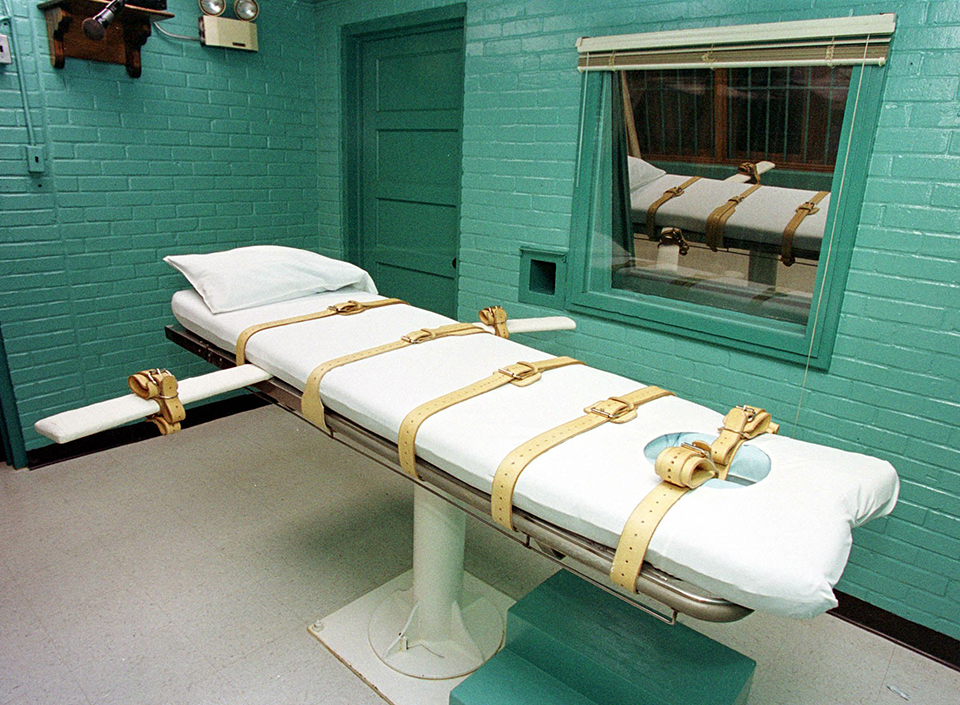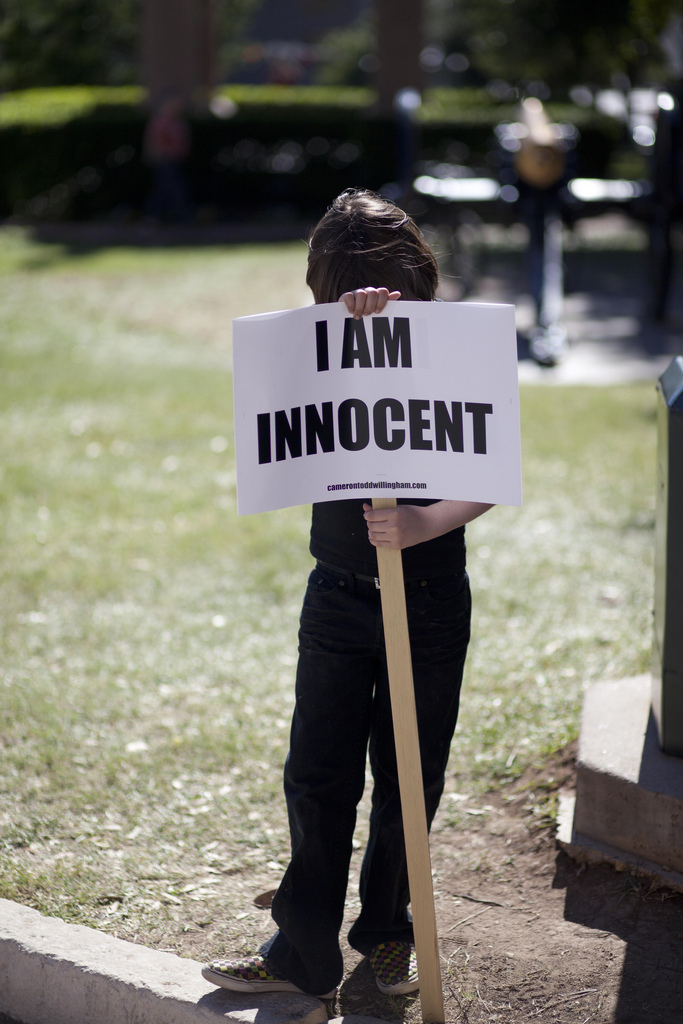 The 500th execution in Texas is scheduled for Wednesday, June 26, 2013 when Kimberly McCarthy is scheduled for execution. The execution may still be stayed, as legal appeals are still pending.
The 500th execution in Texas is scheduled for Wednesday, June 26, 2013 when Kimberly McCarthy is scheduled for execution. The execution may still be stayed, as legal appeals are still pending.
To express your opposition to the execution, you can contact Governor Rick Perry’s office at 512 463 2000. If you call after business hours, you can leave a voice mail message. During business hours, someone should answer the phone. You can also send a message using a form on Perry’s official website.
The protest in Austin of the 500th execution will be on the sidewalk in front of the Texas Capitol facing Congress Avenue at 11th Street, at 5:30 pm.
The protest in Huntsville will be outside the Walls Unit on the corner of Avenue I at 12th Street, starting around 5:30 pm on execution days. Executions take place at 6:00 PM.
From the New York Times:
On Wednesday, Texas is scheduled to execute its 500th death-row inmate since the Supreme Court restored capital punishment in 1976. The state hasexecuted nearly five times as many people as Virginia, the second state on the list.
Texas’s death penalty system is notorious for its high tolerance of ineffective counsel for defendants, overly zealous prosecutors, and racial discrimination in jury selection. The case of Kimberly McCarthy, the woman scheduled for execution, seems tainted by all three.
Ms. McCarthy is an African-American who was sentenced to death in 2002 for murdering a white woman. That’s not surprising: In Texas as well as other states, a black person who murders a white person is more likely to receive the death penalty than when the victim is black.
The 12-person jury that convicted and sentenced Ms. McCarthy included only one person who wasn’t white, after prosecutors used their peremptory, or automatic, challenges to strike three other non-whites. That was in apparent violation of a Supreme Court ruling against purposeful exclusion of minorities from a jury when a minority is the defendant.
The defense counsel did not challenge these apparently unconstitutional race-based strikes or request the kind of hearing for doing so that the Supreme Court allows. The lawyer did not raise the issue on appeal. A different counsel did not raise the issue in the defendant’s later challenge through a writ of habeas corpus.
Because of these failures, no court has ever reviewed the merits of Ms. McCarthy’s claims about racial discrimination. Last week, Ms. McCarthy petitioned for that kind of review from the Texas Court of Criminal Appeals, represented by a new lawyer who is an expert in capital cases. As of Monday morning, the court had not yet decided the case. It is expected to rule by Tuesday.
Ms. McCarthy was convicted and sentenced in Dallas County, Texas where the prosecutor’s office has a well-documented history of intentional discrimination going back to the 19th century. Calling it history, though, misrepresents the reality. The discrimination has continued, on a modern foundation of deliberate bias.
In 1963, a manual of the office instructed that prosecutors should not take “Jews, Negroes, Dagos, Mexicans, or a member of any minority race on a jury, no matter how rich or how well educated.” In 1986, the Dallas Morning News reported that county prosecutors were still trying to keep almost all blacks off juries by using peremptory challenges.
In one trial that year, prosecutors used challenges to keep 10 of 11 blacks in the pool of candidates from serving on a jury. They justified the strikes with race-neutral pretexts, which the Supreme Court called “incredible” and said indicated “the very discrimination the explanations were meant to deny.” It overturned the conviction of that defendant in 2005. Racial bias infected the case, Justice David Souter wrote, jeopardizing “the very integrity of the courts.”
In 2005, the Dallas Morning News took another look to see what progress Dallas County had made in the 19 years between the conviction and the reversal. The paper found that in a sample of 108 cases three years before – the year Ms. McCarthy was tried, convicted and sentenced – county prosecutors “excluded eligible blacks from juries at more than twice the rate they rejected eligible whites” and “being black was the most important personal trait affecting which jurors prosecutors rejected.”
Ms. McCarthy’s case seems to fit this offensive, unconstitutional pattern. The Texas Court of Criminal Appeals should stay her execution and give the case the review it warrants, scrutinizing the record of the trial for racial bias by the prosecutors.












